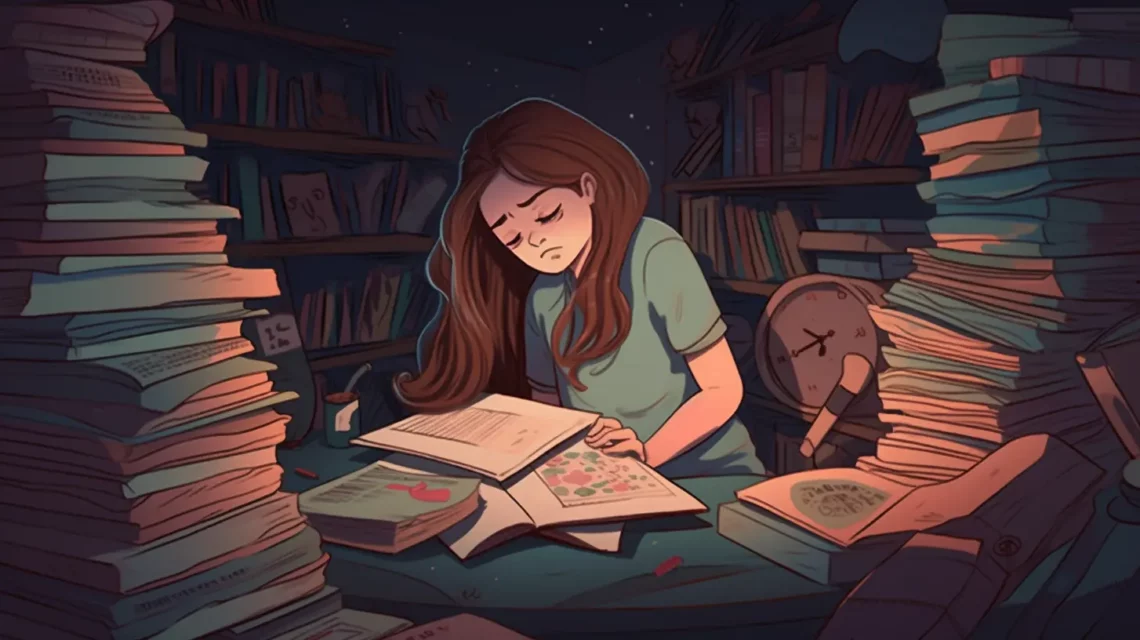Anxiety among youngsters is a growing concern in today’s fast-paced world. It is crucial to acknowledge that children and teenagers can indeed experience anxiety. Let’s take a brief look into the various aspects of anxiety in young minds.
What Is Childhood Anxiety?
Childhood anxiety refers to excessive worry, fear, or nervousness experienced by children and teenagers. This anxiety can manifest in various ways, such as separation anxiety, social anxiety, specific phobias, or generalized anxiety disorder.
Recognizing the Signs
Identifying anxiety in children and teenagers can be challenging, as they might not always express their feelings openly. Look out for subtle signs like:
- Restlessness: Children may become fidgety or unable to sit still.
- Irritability: Sudden mood swings or irritability can be indicators.
- Sleep Issues: Anxiety often leads to sleep disturbances like insomnia or nightmares.
- Physical Symptoms: Complaints of headaches or stomachaches with no apparent cause.
- Avoidance: Children might avoid situations or places that trigger anxiety.
Why Does Anxiety Happen?
Anxiety can result from a combination of genetic, environmental, and psychological factors. High-stress environments, traumatic events, or a family history of anxiety can contribute to its development.
The Importance of Early Intervention
Recognizing anxiety in children and teenagers is crucial for their well-being. Early intervention can prevent long-term emotional and psychological consequences. Seeking professional help is vital if anxiety persists and interferes with daily life.
How to Support Anxious Youth
- Open Communication: Encourage open discussions about their feelings and fears.
- Professional Help: Consult a mental health professional for guidance.
- Stress Management: Teach stress-reduction techniques like deep breathing or mindfulness.
- Healthy Lifestyle: Promote a balanced diet, regular exercise, and sufficient sleep.
Recognize the Signs
In conclusion, children and teenagers can undoubtedly experience anxiety. It is our responsibility as caregivers, parents, and educators to recognize the signs, provide support, and seek professional help when needed. By addressing anxiety in youth, we can help them grow into emotionally resilient individuals who can navigate life’s challenges with confidence.
Remember, your support and understanding can make a significant difference in the lives of anxious children and teenagers.



